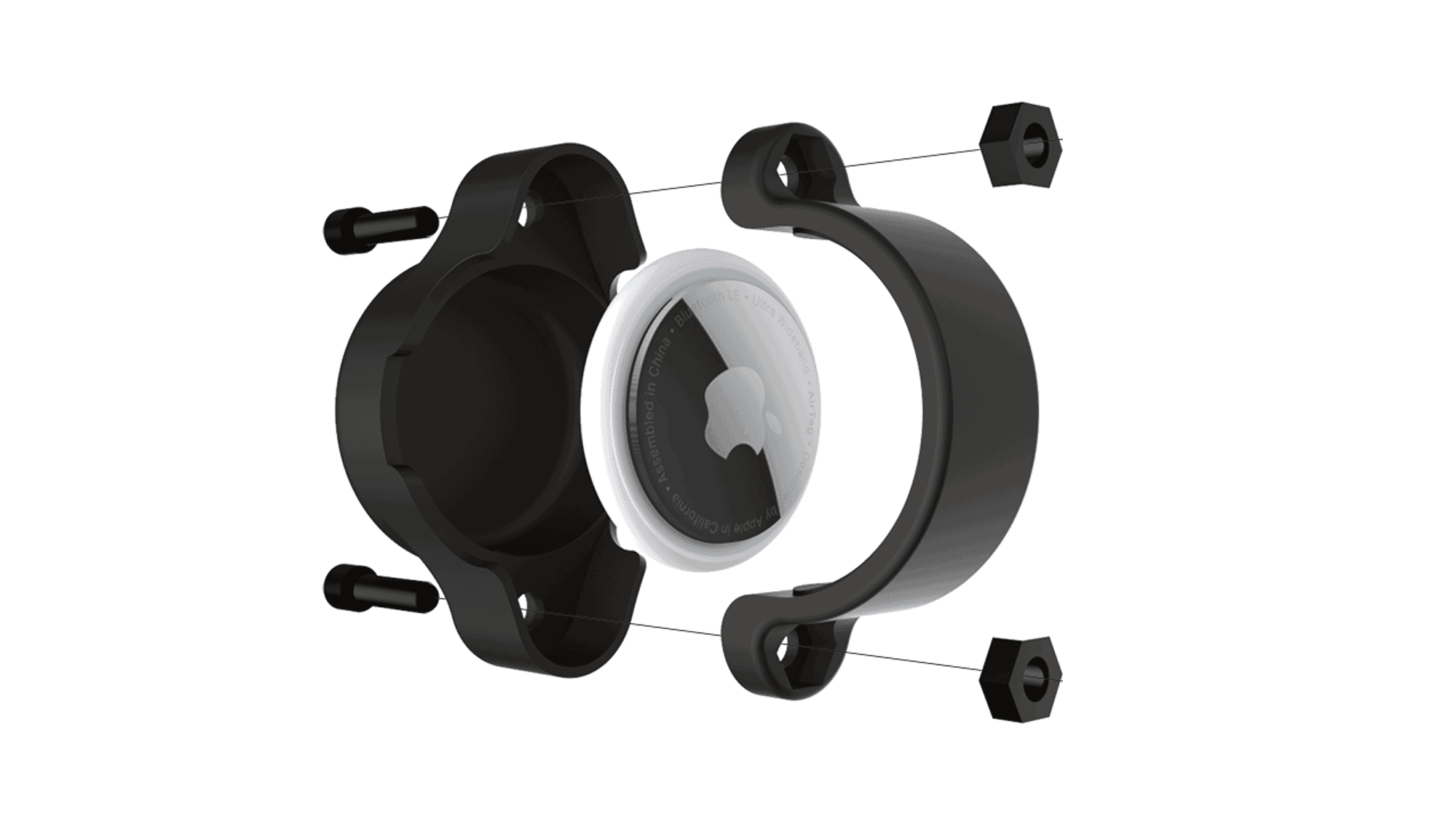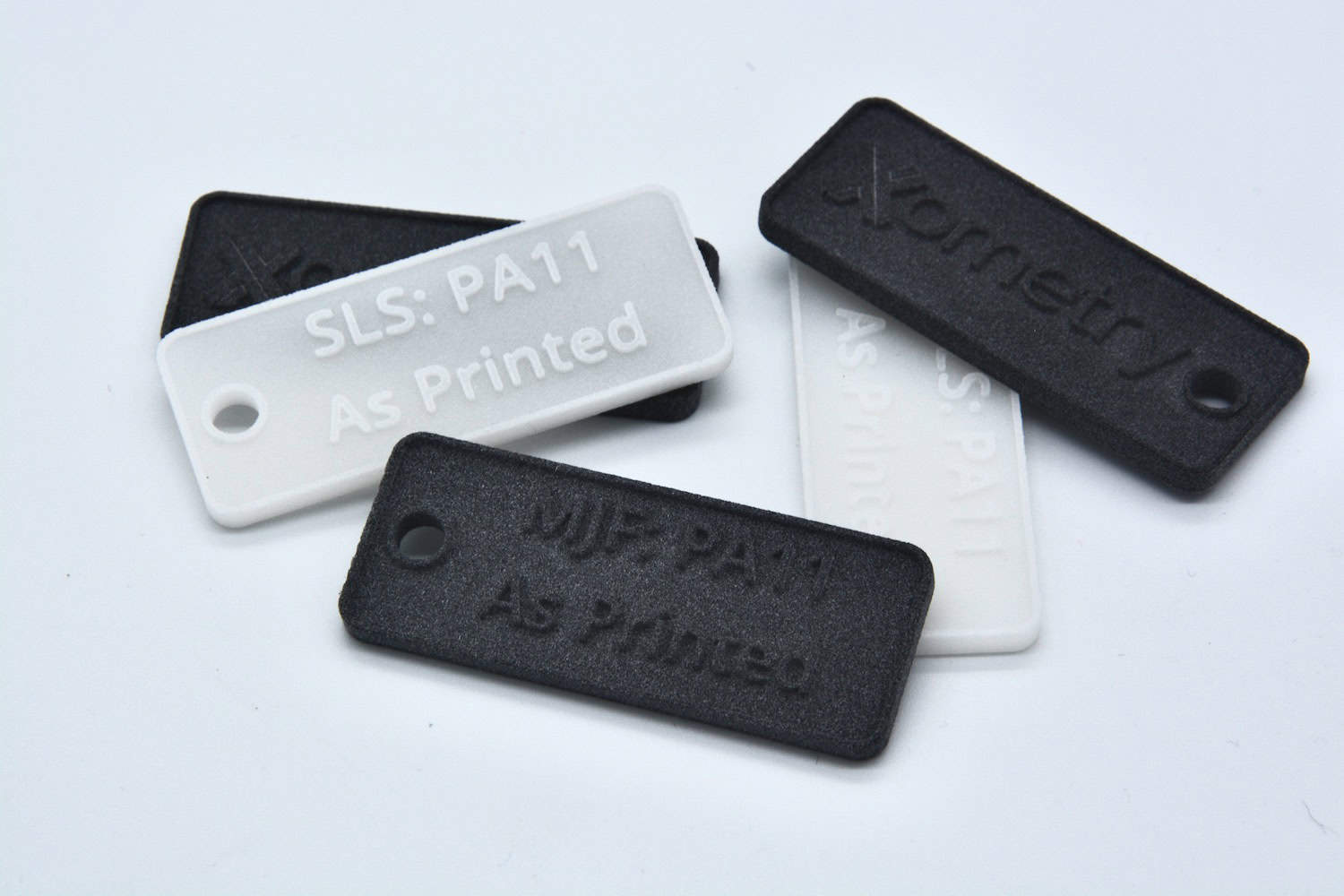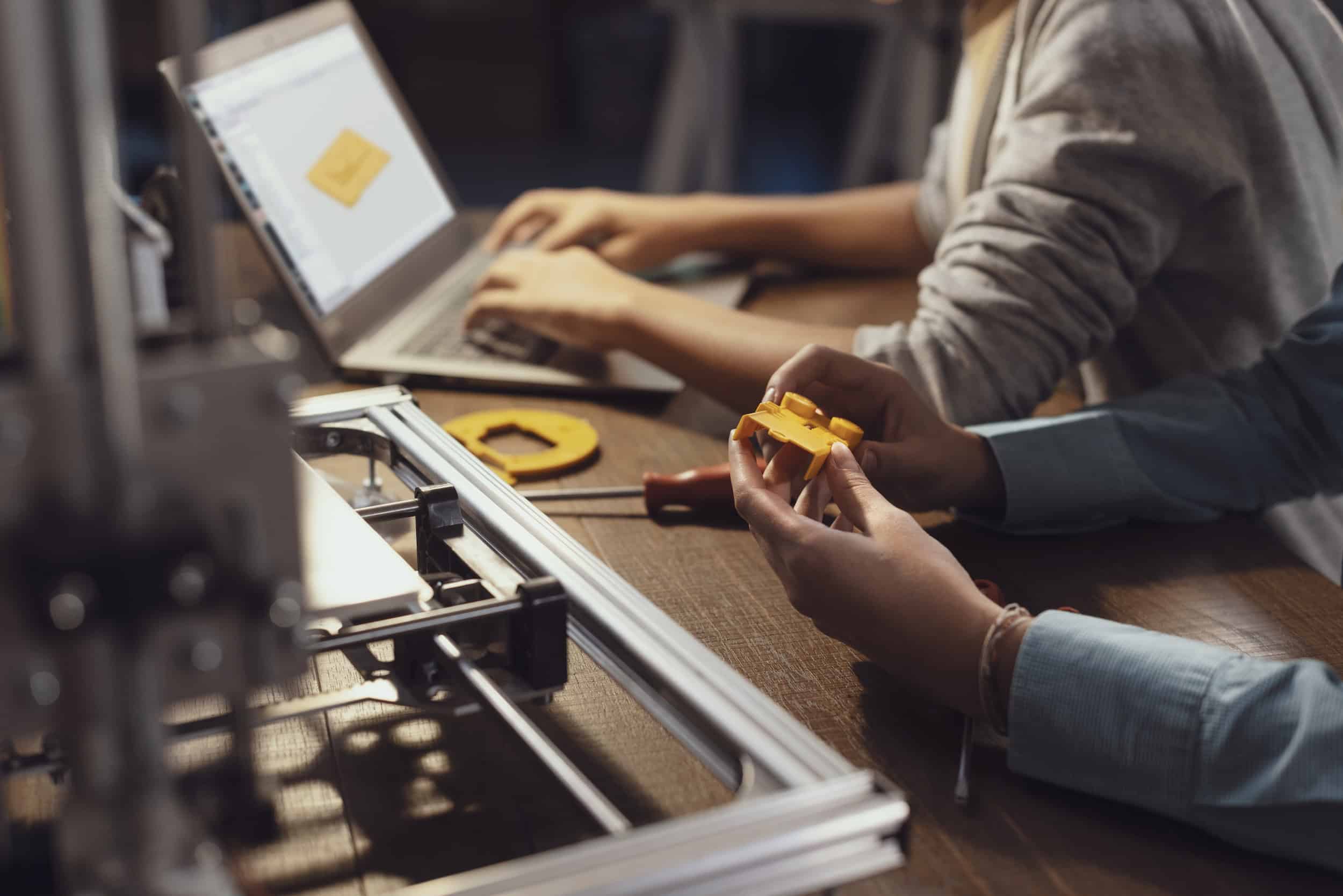We know that in FDM (Fused Deposition Modeling) 3D printing technology ABS and PLA are among the most preferred materials. So why are these materials so popular? Which materials do you need to choose for your design? What are some of the fundamental differences between ABS and PLA? We begin to analyze the subject with you!
First and foremost, we need to understand the working principle of the FDM 3D printing technology. In FDM 3D printing technology, the polymer material that has been melted with a heated nozzle is poured onto the printing base layer by layer, adding it on top of each other. Being a requirement in the manufacturing principle, the preferred polymer is expected to be easily shaped and flowable when heated. On the other hand, thermoplastic materials fully meet these requirements of FDM 3D printing technology.
Thermoplastics that are heat sensitive can be easily softened and molded with heat; they turn solid when cooled. At the same time, these materials can be repeatedly heated and cooled, which makes them highly recyclable. Thanks to their easy use and low sale price, the most popular materials in the thermoplastic polymer class are shown to be ABS and PLA. Additively, your designs can be magnetic with many color options with ABS and PLA materials. The similarities between the properties of ABS and PLA can be confusing concerning material selection. However, it should be noted that even though both are the most preferred thermoplastic polymer materials, you should get to know and analyze the differences between the materials to achieve an excellent visual appearance and mechanical resistance in your design.
PLA
Acquired from edible and organic materials like cane sugar and cornstarch, PLA (polylactic acid) is a thermoplastic that can be biologically disintegrated. Since this material is not a petroleum-derived polymer, it is low cost; at the same time, it has a sticky feature when heated due to the materials it is made of. One of the FDM requirements is that it allows the layers to be combined and does not tend to shrink while cooling.
The glass transition temperature of PLA is about 60°C. Thanks to the low transition temperature, the heat, strength and time parameters are kept at low levels to print the material. However, it isn’t recommended for high heat applications. If your design will be exposed to a different force, while PLA is a hard material and fragile, it will not be suitable for you. In addition to these, PLA will display poor performance when exposed to chemicals.
ABS
ABS, essentially a petroleum-based polymer, emits an unpleasant odor while being 3D printed. That’s why we recommend you air your working space regularly. Besides, since the ABS material tends to shrink, it may cause dunting on the product. You can bypass cooling and dunting by adequately heating the pressured area
The glass transition temperature of ABS is about 150°C. Since its glass transition temperature is lower than that of PLA’s, the heat, strength and time parameters are higher than PLA. If you have a product that will be influenced by heat, then ABS is the best fit.
The ABS material’s prominent feature is heat resistance. Alongside its high resistance rates, it also has high stretching rates. It shows no brittleness and is resistant to corrosion. Surface treatments can be applied to the finished product, obtaining a perfect appearance.
How to Choose between PLA and ABS?
Possessing superior mechanical properties, ABS can be worked under different loads thanks to its mechanical strength. Thanks to its stretching feature, it reaches good toughness values alongside its power. That way, it can absorb the impact energy. Thanks to its heat resistance, even if exposed to heat, it shows no impairment and thus can be used outdoors.
If the functionality of your design is a critical point for you, then you can produce with ABS. ABS is commonly used in automobile bumper parts, electronics enclosures and LEGO applications.
On the other hand, PLA can be 3D printed very quickly and easily. This saves you time and energy. Its low glass transition temperature makes it less likely to wrap when cooled. Compared to ABS, it can print sharper corners and details. In addition, models with very large dimensions can be produced in one piece thanks to their high measurement precision and stability features. You can get prints up to 1 meter in length at once when you choose PLA material while receiving a 3D printing service from Xometry.
If the look and form of your design are more important than the function, we recommend manufacturing with PLA. PLA is often used in visual work and when rapid prototyping is required. The choice is yours when choosing the material for your design! We hope we have helped you make your decision.
 Europe
Europe  Türkiye
Türkiye  United Kingdom
United Kingdom  Global
Global 

 Login with my Xometry account
Login with my Xometry account  0
0



 Download
Download




